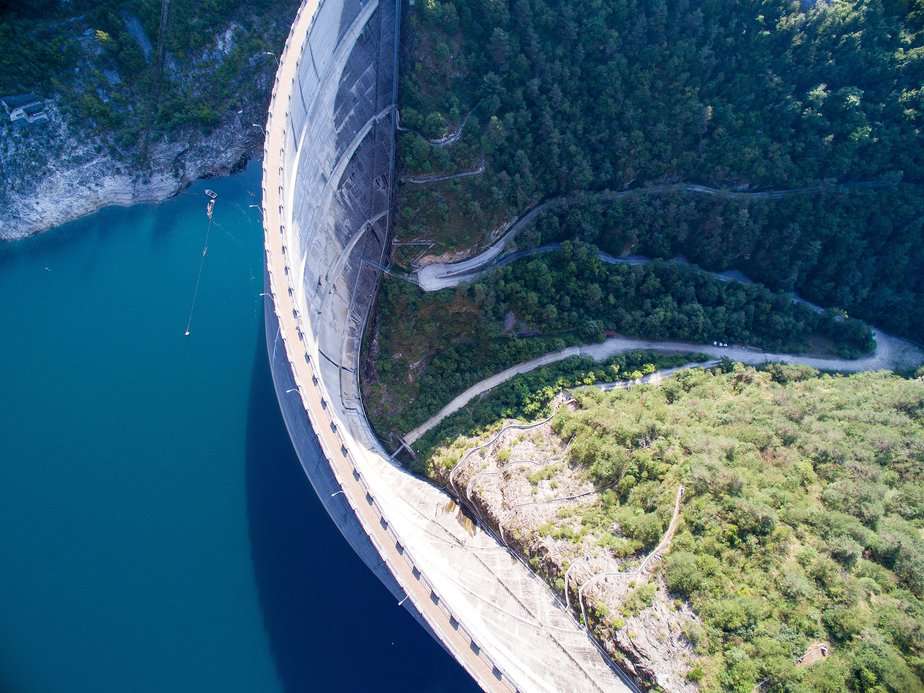
Sydney’s Future Water Security is still in doubt despite recent rain
During the last El Niño event in Australia, major cities like Brisbane, Sydney, Canberra, and Melbourne faced significant water supply challenges. Now, with three wet La Niña years behind us, the question arises: are we better prepared for future droughts? The answer is a bit nuanced, and we’ll use Sydney as an example to illustrate the situation.
After the recent wet years, Greater Sydney’s dams are currently at around 90% capacity, holding more than four times the amount of water typically used in a year. However, hot and dry weather can quickly deplete these reserves due to increased water demand, higher evaporation rates, and the need for environmental flows in rivers like the Nepean.
Moreover, prolonged hot weather leads to dry soil in water catchment areas. When rain finally arrives, the parched soil absorbs water like a sponge, preventing it from flowing into the dams. This means that even with full dams, Sydney can still face water supply shortages if El Niño returns for an extended period. Sydney’s water supply heavily relies on rainfall, which is not always abundant and doesn’t consistently contribute to runoff.
To address this issue and secure water supplies in the face of climate change and unpredictable rainfall, we must explore alternative water sources such as desalination plants and water recycling schemes.
Desalination:
Sydney inaugurated its first major seawater desalination plant in 2010, capable of producing up to 90 gigalitres of drinking water annually, equivalent to approximately 15% of the city’s yearly demand. Historically, this plant has been turned on and off based on rainfall. For instance, when Sydney’s dams reached 90% capacity in 2012, the plant was deactivated. However, in 2019, it was reactivated as drought conditions intensified. One challenge is that it takes several months to restart a dormant desalination plant.
To fully leverage the benefits of desalination, these plants should be in continuous operation, rather than being used solely as emergency drought-response measures. Keeping them active also ensures that the necessary workforce and expertise are readily available when needed.
Water Recycling:
While many Australian cities have desalination plants, fewer have explored purified water recycling from wastewater treatment facilities due to public skepticism. Perth’s groundwater replenishment scheme is one notable example. Since 2017, treated wastewater has been purified and injected underground into a critical aquifer used for drinking water. This project now supplies about 10% of Perth’s drinking water demand (28 gigalitres) annually, and there are plans to increase this to 35% by 2035.
Queensland has also developed a significant water recycling scheme, the Western Corridor Recycled Water Scheme, which, if fully utilized for drinking water, could contribute 80 gigalitres annually, which is sufficient to replenish Lake Wivenhoe – the largest surface water storage area in the region.
Sydney’s Future Water Security:
Sydney currently relies on rainfall-dependent sources for approximately 80% of its drinking water supply. According to the Greater Sydney Water Strategy, if dry conditions persist, the city could face water shortages within three years.
To prevent such a scenario, Sydney needs to diversify its water sources. This approach would ensure that dams start future droughts at full capacity, provide more time for response, and slow down dam depletion during dry periods. The options include expanding the existing desalination plant, building a new one, and further developing purified recycled water as viable alternatives. Every solution has advantages and disadvantages.
Conclusion
In reality, Sydney will likely need to implement all these measures because there are logistical limits to how much water can be transported to specific locations in the city’s supply network. The key question is not which option to choose but rather the sequence in which to implement them. Planning and prioritization will be crucial to secure Sydney’s water future in an era of changing climate patterns.
More reading
8 Steps to Calculate How Much Water You Need in Storage to Achieve Water Security in a Drought

Pingback: Surviving With Less Water | Big Ditch Dam Building Company
Pingback: QLD Government Considered Draining Wivenhoe Dam | Big Ditch Dam Building Company
Pingback: Warragamba Dam Wall Expansion Is Abandoned | Big Ditch Dam Building Company